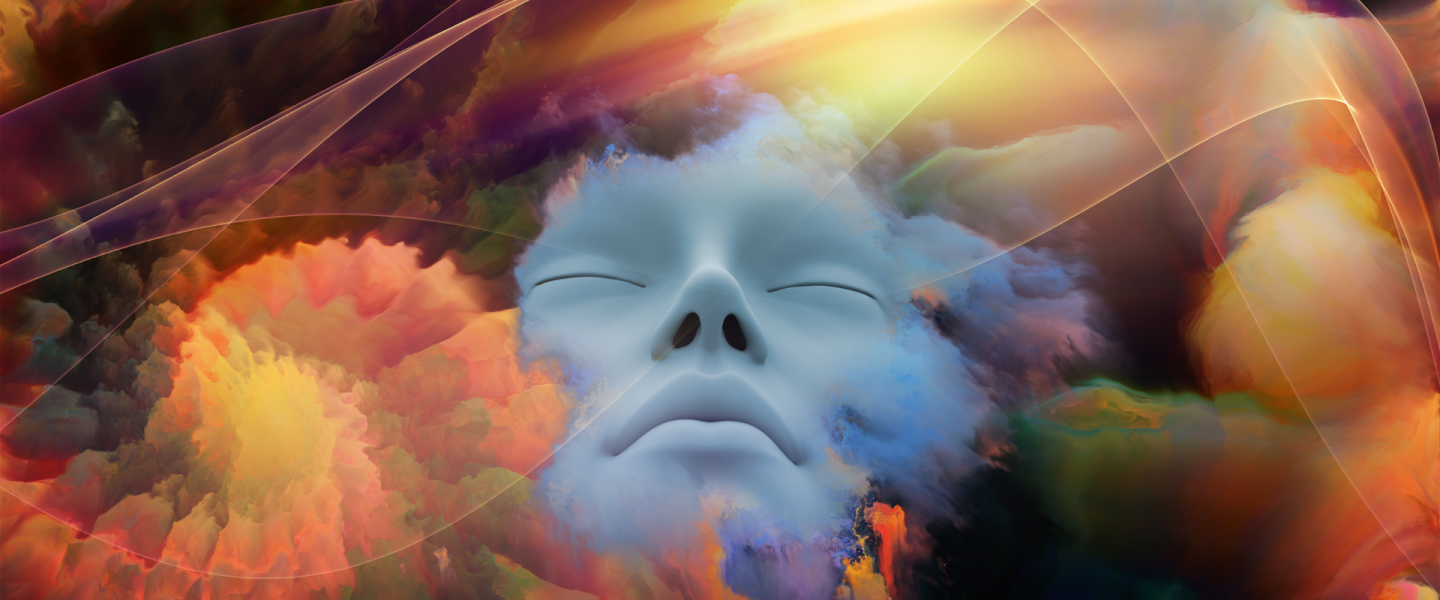Most of us have experienced a dream at some point in our lives. Dreams are a normal part of our brain’s functioning. When we dream, our brain is active and processes information, emotions, and memories. Dreams can be a way for our brains to sort memories to release emotions. They can be a mix of real and imagined images, experiences, and feelings.
The meaning of dreams and their causes are still largely unknown, but some scientific research has been conducted. Dreams are a type of sleep state where our brain is more active, and we can have hallucinations.
Some dreams may be meaningless, while others may be symbolic. Although dreams are not fully understood, they serve as a fascinating window into the depths of the human psyche, where logic and symbolism intertwine, offering a glimpse into the complexities of our inner worlds.
What is the science behind dreams and nightmares?
The science behind dreams and nightmares is fascinating. Dreams are a normal part of sleep and occur during the Rapid Eye Movement (REM) stage. Nightmares, on the other hand, are abnormal and can be caused by a variety of factors, including stress, anxiety, sleep disorders, and medications. The science behind dreams and nightmares is complex, but knowledge about it can help us better understand to cope with these experiences.
It’s no secret that dreams and nightmares can be incredibly vivid and intriguing. But what is the science behind these strange and often compelling visions?
Researchers believe that dreams are a way for our brains to process data and sort through recollections. During REM sleep, our brains are active and more creative, which may account for the bizarre and puzzling nature of dreams.
As for nightmares, they tend to occur during periods of stress or anxiety and maybe our brain’s way of working through fears or traumas.
Whatever the reason for dreams and nightmares, they continue to fascinate us and offer a glimpse into the often-mysterious workings of our minds.
Do blind people dream?
There is a common misconception that blind people do not dream. Dreams are a product of the brainstem and the visual cortex, both of which are responsible for processing visual information. However, the reports of blind people dreaming are well documented.
Blind people dream just as sighted people do. In fact, the science behind dreams is that everyone experiences them. Dreams are a normal part of sleep and beneficial to our mental and emotional health. They also help us to problem-solve and to work through difficult emotions.
Does Science Behind Dreams really mean anything?
Dream interpretation is a controversial topic with a long history. Some believe that the science behind dreams can be used to understand the hidden meanings of our subconscious mind, while others believe that dreams are simply a product of our imagination.
The intricacies of dream interpretation remain a puzzle, wherein each dream serves as a potential cipher for unlocking the intricate logic of our fears, anxieties, or the processing of trauma. Delving into the enigmatic world of animal dreams, as an example, adds another layer to this exploration, as understanding the Animal Dream Meaning can offer insights into the symbolic significance of the creatures that grace our subconscious landscapes.
Some believe that our dreams are a direct reflection of our innermost thoughts and feelings, while others believe that they are merely the result of our random thoughts during the day. However, science may have found a way to interpret the hidden meaning behind our dreams. Research suggests that our dreams can be interpreted based on the images, symbols, and themes they contain. By analyzing our dreams, we can gain insight into our deeper thoughts and feelings. This can help us to better understand our unconscious mind and make positive changes in our lives.
Dreams are the product of your brain when your mind is awake during the sleep process. For dream content, the brain subconsciously creates images, sounds, and emotions, which can be pleasant, unpleasant, or neutral. Dreams are also used to process emotional material in the day and process events of the previous day.

